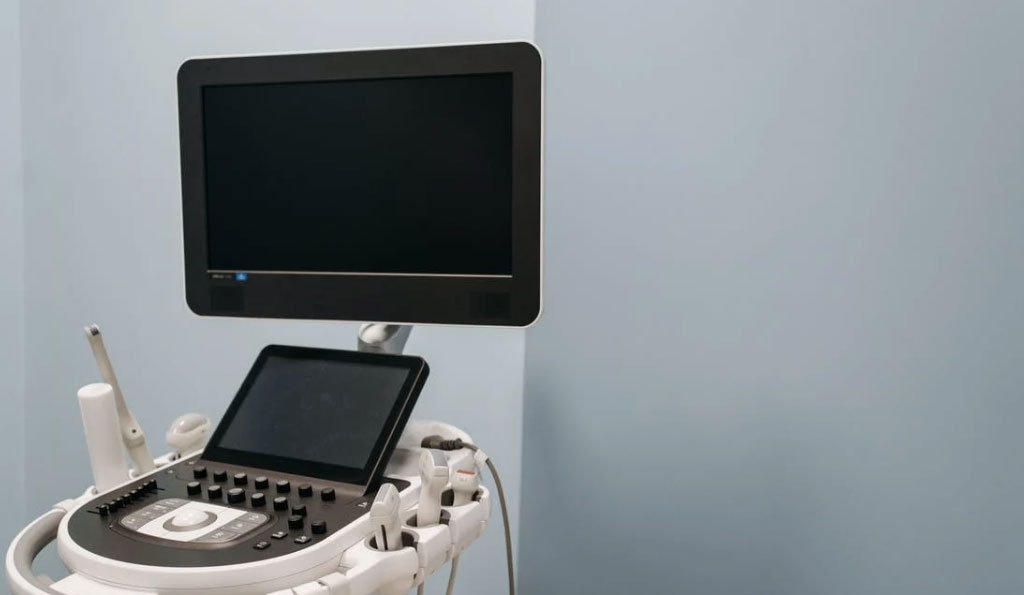Ultrasound Tool Measures Blood Flow, Images Microvasculature in the Brain
Posted on 03 Jun 2022
To image microscopic vessels and measure blood flow in the brain, researchers use a tool called ultrasound localization microscopy. It works by using microscopic bubbles circulated through the bloodstream as a contrast agent to measure the reflection of high-frequency acoustic waves passing through the body. Until recently, acquiring images this way was slow and data-intensive. Now, researchers have developed a curvelet-based algorithm to quickly measure and reconstruct whole-brain vasculature and blood flow in mouse brains. Their work could be used to enable future research into the neurovascular mechanisms underlying conditions like Alzheimer’s disease.
The approach developed by researchers at the Beckman Institute for Advanced Science and Technology at the University of Illinois Urbana-Champaign (Urbana, IL, USA) deploys ultrasound technology to produce whole-brain images of animal microvasculature in just a few seconds. The method relies on rotating and scaling many small, arbitrary curves to fit the local structure of microbubble imaging data. Combining this curvelet model with a sparsity-promoting algorithm produced an efficient and highly generalizable method for measuring blood flow and vasculature from microbubble data in mouse brains.

The method requires a very small amount of microbubble data to reconstruct blood flow and tissue microvasculature. It leverages the inherent sparsity of fast ultrasound imaging and accelerates post-processing to anywhere from 10 to 30 seconds. Microbubbles are widely used as ultrasound imaging contrast in clinical ultrasound of humans, opening the door for future clinical translation of the technology as a noninvasive assessment of stroke, vascular occlusion, and neurovascular health, according to the researchers.
“We have developed a tool that is capable of imaging whole brain microvasculature with very high spatial resolution and depth of penetration,” said Pengfei Song, an assistant professor of electrical and computer engineering and bioengineering who led the effort. “Our technology is, to the best of our knowledge, the only one that is capable of imaging whole-brain microvasculature at a very high resolution, so this is a very enticing tool for neuroscientists.”
“Many neurological diseases and disorders have a very strong correlation to vascular diseases. Down the road, our ultrasound technology may be a good candidate for a screening technology, due to the low cost, portability, and safety. There is also a strong need to develop this technology for preclinical applications," added Song.
Related Links:
University of Illinois Urbana-Champaign














